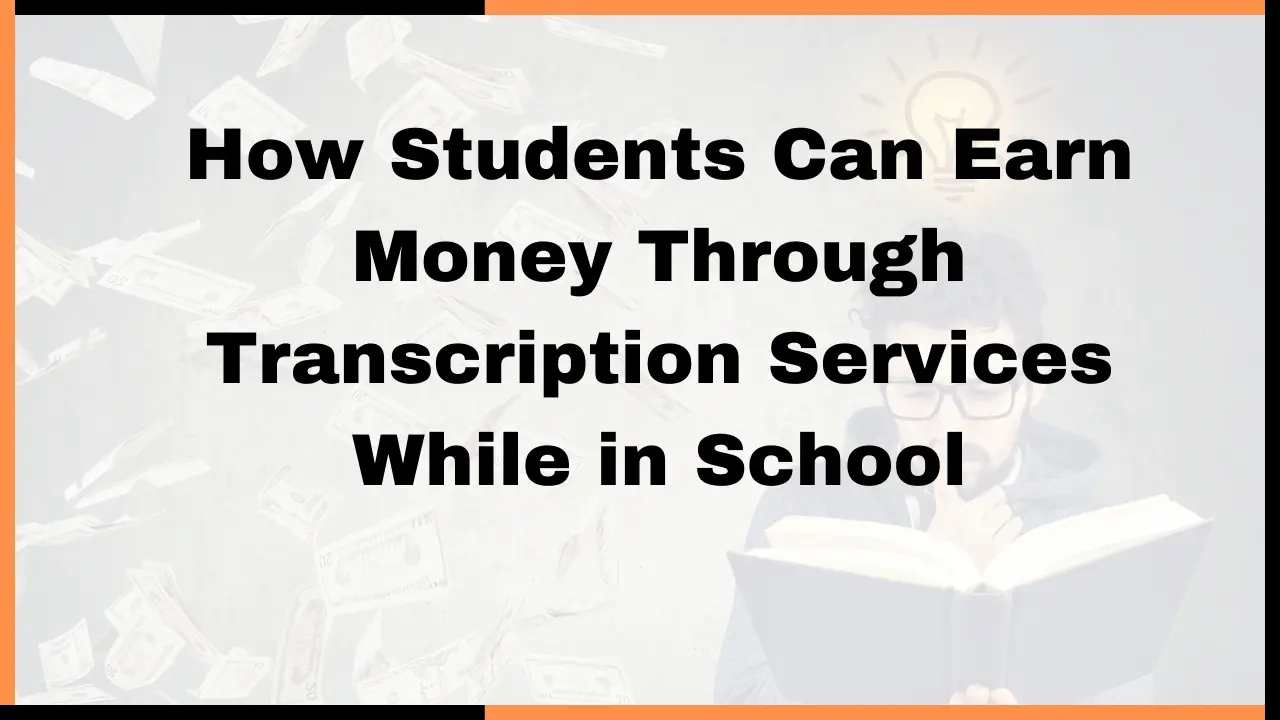Pros and Cons of Using Student Loans to Pay for Study Abroad Programs
Studying abroad can be a life-changing yet costly endeavor for college students. With program fees, airfare, housing, meals, supplies, and other expenses, costs often total thousands or tens of thousands of dollars per semester.
For students who lack sufficient savings but want invaluable international experience, using student loans may seem like the only viable option. However, funding study abroad with loans has both advantages and potential drawbacks for students.
Below is an overview of the key pros and cons of paying for study abroad with student loans.
Pros of Using Loans to Fund Study Abroad

Loans Provide Funding When Savings Fall Short
For students unable to independently save the full costs of a semester or year overseas, loans offer a path to make study abroad possible when it would otherwise be financially out of reach. Loans help cover expenses when scholarships, grants, family contributions, and personal savings aren’t enough.
Gain Access to ‘Once in a Lifetime’ Experiences
For many students, loans are the only way they can take advantage of a special, one-time study abroad opportunity. The life-changing personal growth, memories, and experiences can make the loans seem worthwhile.
Build Global Perspectives
The cultural immersion, language skills, global networking, and international experience gained while studying abroad offer personal and career advantages that loans allow students to access.
Potential to Enhance Job Prospects
International academic experiences stand out on resumes. The skills gained while studying abroad make graduates more competitive global job candidates. Loans provide access to these resume-boosting opportunities.
Chance to Travel Outside of Studies
Loans give students the option to not only study internationally but also travel when free. Students can visit multiple countries and absorb even more culture than just the program location.
Promotes Independence
Managing finances, travel logistics and life in another country helps students rapidly build real-world life skills and independence. These grown personal advantages can make loans seem a smart investment.
The Cons of Using Student Loans for Study Abroad
Loan Interest Accumulates Over Time
Like all student loans, interest starts accruing immediately when borrowed for study abroad programs. While abroad, monthly interest piles on raising repayment costs down the road.
Repayment Period is Long
Students must begin repaying study abroad loans 6-9 months after graduation, then continue paying for 10-25 years. Long repayment periods mean substantial interest fees over time.
Overall Debt Load Increases
Tacking study abroad loans onto regular college debt significantly increases a student’s overall loan burden upon graduation. Higher total loan balances make repayment challenging.
Future Inflexibility
Higher debts reduce flexibility for career changes, internships, graduate school, or other plans post-graduation because loan payments are so high. Significant loans require higher-paying jobs immediately.
Could Have Been Self-Funded
Some students take loans when they may have been able to independently save up for some or all study abroad costs over time with strict budgeting and sacrifice.
Delays Other Borrowing
Using maximum loan allowance for study abroad delays when students can borrow again for regular college terms. This can lead to future financial scrambling.
Potential Over-Borrowing
When loans are ‘free money’ overseas it’s easy to overspend on luxuries. Students may take more than absolutely needed for basic costs and then struggle later with unnecessary debt.
Financial Stress Upon Returning
Coming home to looming, enlarged loan payments can lead to major stress and impact on academics. Study abroad hangovers can be financial depressions.
Could Have Studied for Free Domestically
Choosing to study abroad over a standard domestic semester means passing up already paid-for-campus tuition. Students miss out on ‘free’ education at home.
Benefits May Not Outweigh Costs
While study abroad is an incredible experience, students may look back and regret the years of added loan repayments. Is a semester or year abroad really worth 5+ extra years paying loans?
Key Considerations When Using Loans for Study Abroad
If you decide to fund a study abroad program with loans, here are vital things to keep in mind:
- Take federal loans first before private loans due to better terms and protections. Federal loans should be the priority option.
- Borrow only what you absolutely need for basic costs; avoid excessive spending simply because you can.
- Pick the cheapest suitable program in your desired location to minimize borrowed amounts.
- Develop a repayment plan for when you return that fits your future expected income.
- Research loan forgiveness options for which study abroad borrowing may qualify you.
- Consider loan alternatives like scholarships, crowdfunding, part-time jobs, or school payment plans.
Final Thoughts on Study Abroad Loans
Funding a semester or year overseas with student loans allows students to gain invaluable cultural experiences that enhance world perspectives and marketability to future employers. However, loans also lead to more debt that delays financial independence post-graduation.
Students should carefully weigh the pros and cons of tapping into loans for study abroad. Have realistic talks with financial aid officers and parents to make smart borrowing decisions. While no price can be put on personal growth experiences, excessive loan debt can negatively impact students for many years.
With prudent planning, however, students can make studying internationally an affordable reality through reasonable student loan borrowing combined with other cost-saving measures.







Leave a Reply